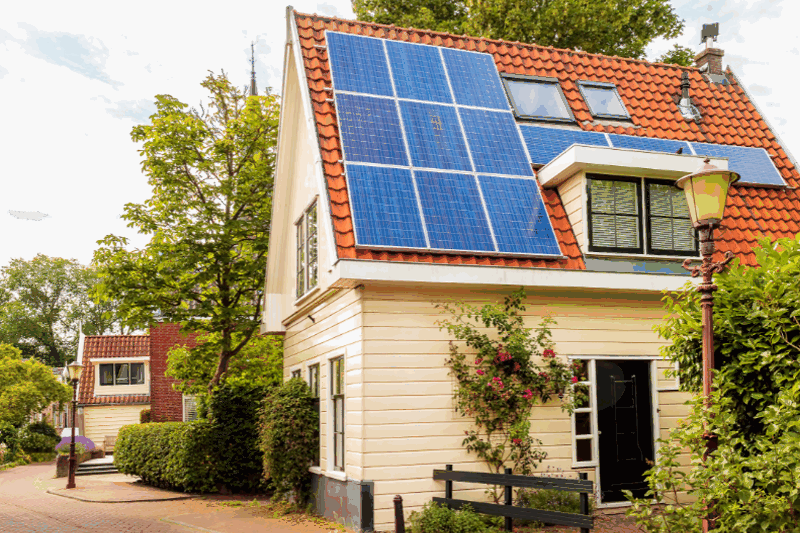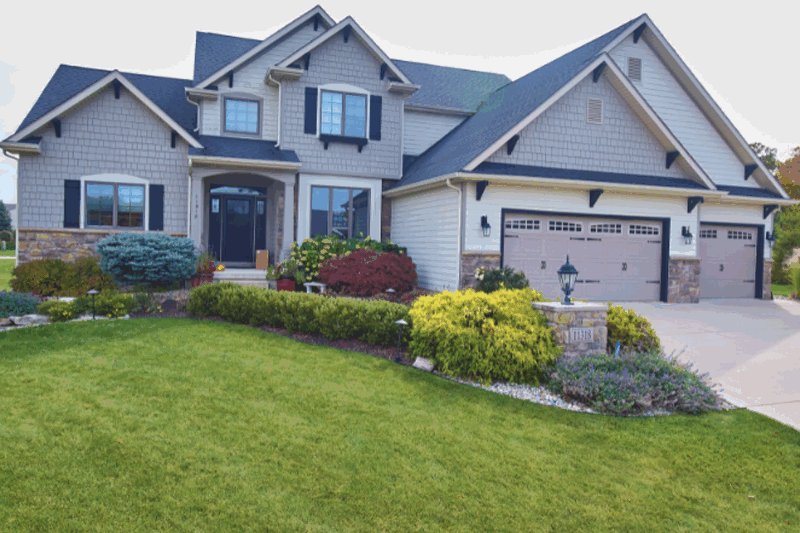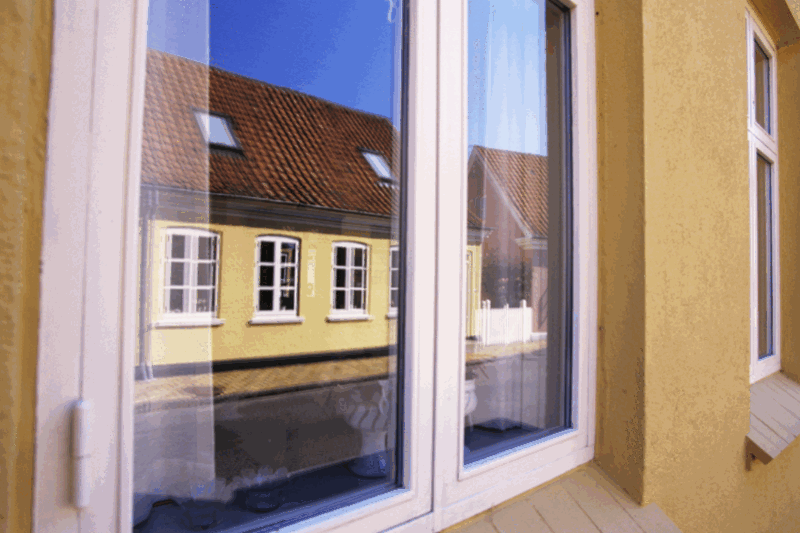You’ve grown tired of paying monstrous electric bills and have decided to go solar. Solar panels, however, aren’t exactly to your taste. Don’t worry, you can go solar without them.
Solar panels are used to convert sunlight into electricity, which can be used to light and heat a home. They are not, however, the only method for accomplishing these goals with the sun. A simple experiment you can try in your driveway will show you why.
Park your car in a sunny spot on your driveway. Get in, mark the time, close the vents and roll up the windows. It starts getting pretty warm pretty quick, eh? You’ve just experienced a concept known as direct gain energy. The power of the sun is more than sufficient to create heating and lighting if it is manipulated to hit your home in the right way.
The first rule of direct gain is to focus on the south-facing side of your home. In the Northern Hemisphere, the south side of any structure will receive the most sunlight during the year. If the sun is not striking the south side of your home, you’re going to need to move some trees and whatnot. Failing to do so will kill any direct gain heating options you have available to you. The sun must have a clear path to the south side of your structure or you can stop reading this article.
Once gardening issues are resolved, you need to take a close look at the surface areas. Much like a car, it is important that the sun has a method for penetrating the exterior of the home. The primary issue concerns windows. Are there any and, if so, how big are they?
The easiest method to generate solar heat in your home is by placing large windows on the south side of the home. Home Depot, here we come. To truly maximize the effect, you should also have two additional components.
The first is a fan system that will help circulate air out into the rest of the home. The temperature differences from room to room will eventually equalize, but a few ceiling fans can help.
The first is a fan system that will help circulate air out into the rest of the home. The temperature differences from room to room will eventually equalize, but a few ceiling fans can help.
The second issue to consider is your flooring. Windows are great and all, but what happens when the sun goes down? No more sunlight and no more heat. To overcome this problem, you can make improvements to the flooring below the windows. Yank up the carpet and put in some material that soaks up the sunlight. Certain ceramic and masonry products will hold significant amounts of heat. As the sun beats down on them, they slowly heat up during the day. Once the sun sets, they start giving off heat which allows you to maximize your passive solar system.
While this strategy will not replace your traditional heating costs, it can act as a supplemental system to take care of heating issues during the day and early evening. Break out your hammer and you can cut a chunk out of your utility bill!
Want to discuss more? Contact our remodeling consultant now.



